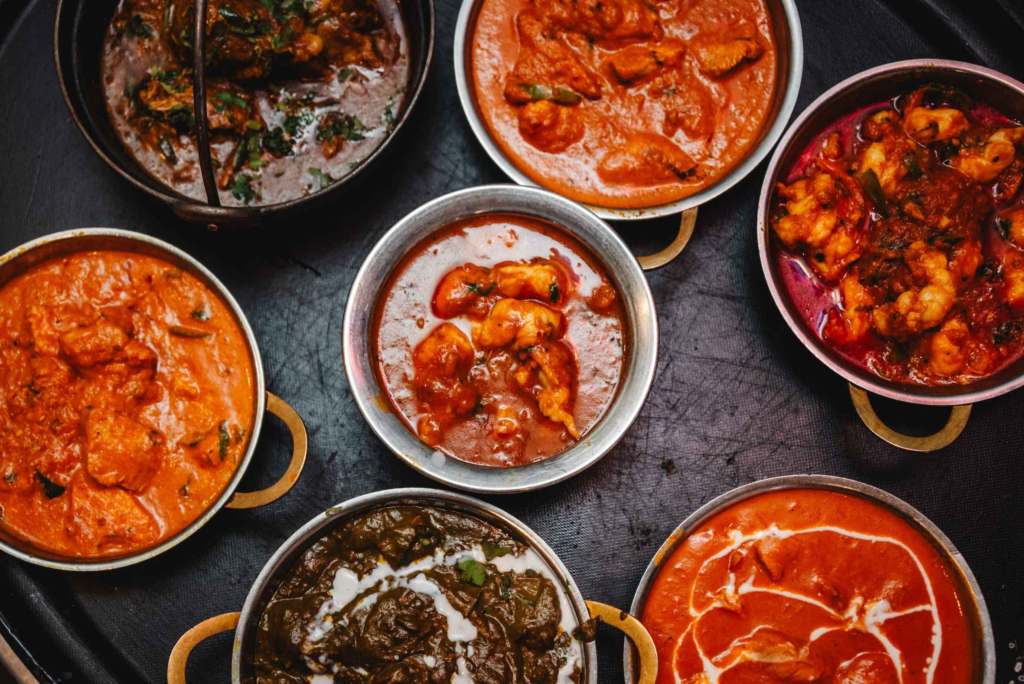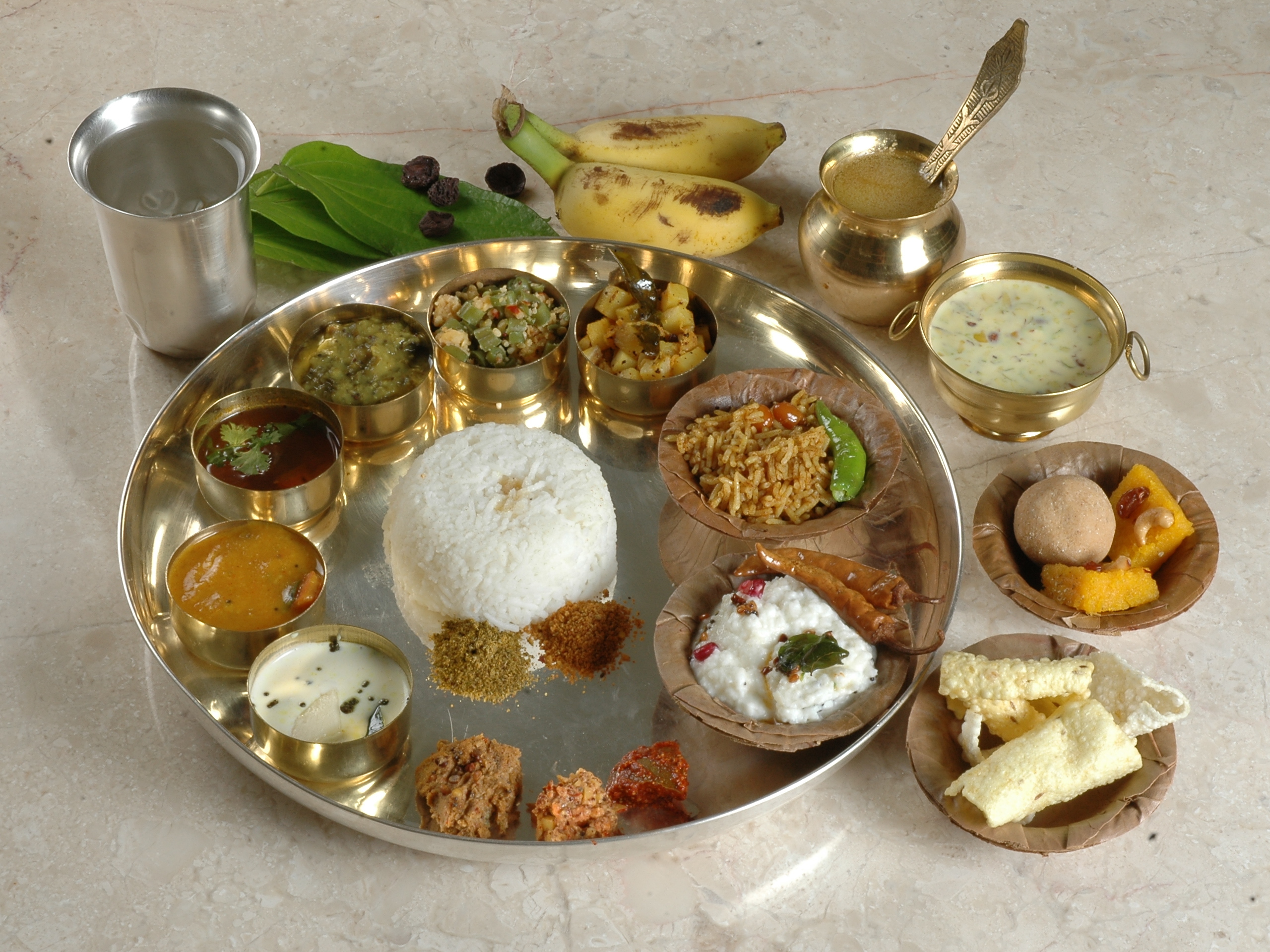Introduction to Indian cuisine
Indian cuisine is a vibrant tapestry of flavors, colors, and aromas that captivates food lovers around the globe. With its rich history dating back thousands of years, each dish tells a story influenced by regional traditions, cultural practices, and diverse ingredients. The beauty of Indian dishes lies in their incredible variety; from spicy curries to fragrant rice pilafs, there’s something for everyone.
What makes Indian food truly special? It’s the harmonious blend of spices like cumin, coriander, turmeric, and cardamom that elevates every bite to an unforgettable experience. Whether you’re a vegetarian or enjoy meat-based meals, India offers an extensive array of options that cater to every palate.
Ready to embark on a culinary journey through India? Here are 20 irresistible Indian dishes you must try!
Table of Contents
The diversity of Indian food
Indian food is a tapestry woven from various regional influences, traditions, and cultures. Each state boasts its unique flair, making the culinary landscape incredibly diverse.
In the north, you’ll find rich gravies and aromatic spices. Dishes like Butter Chicken and Rogan Josh are iconic representations of this region’s hearty cuisine.
Travel southward, and you’re greeted by rice-based dishes infused with coconut and curry leaves. Idli, dosa, and sambar showcase the vibrant flavors typical of South Indian fare.
East India offers an exciting mix of sweetness in its desserts while presenting spicy fish curries that leave you wanting more. The famous Bengali cuisine highlights both aspects beautifully.
Meanwhile, West Indian cooking features bold flavors with a penchant for seafood and vegetarian options alike. From the spicy vindaloo to delectable dhoklas—there’s something for everyone across these regions.
Each dish tells a story steeped in history while inviting your taste buds on an unforgettable journey through India’s vast culinary heritage.
Popular spices and ingredients in Indian dishes
Indian cuisine is renowned for its vibrant flavors, largely due to the array of spices that define it. Spices like cumin, coriander, and turmeric are staples in many dishes. Each brings its unique aroma and taste.

Cilantro adds a fresh note, while garam masala—a blend of several spices—elevates curries to new heights. Cardamom provides warmth and sweetness, making it essential in both savory and sweet preparations.
Chilies contribute heat but also color. From mild varieties to fiery ones, they cater to every palate.
Ginger and garlic create a robust flavor base for countless recipes. Coconut milk often features in southern dishes, adding creaminess without dairy.
Legumes like lentils (dal) are not only nutritious but integral to vegetarian options across India. These ingredients work together harmoniously, creating the rich tapestry that is Indian cuisine.
Vegetarian and non-vegetarian options
Indian cuisine caters to all dietary preferences, offering a vibrant array of vegetarian and non-vegetarian options. From the rich lentil curries to fragrant biryanis, every dish tells a story.
Vegetarians will delight in classics like paneer tikka or chana masala. These dishes are not just filling; they burst with flavors that make them unforgettable. Fresh herbs, spices, and seasonal vegetables create an enticing experience for anyone who enjoys plant-based meals.

On the other hand, meat lovers can savor succulent kebabs and spicy chicken curry. Dishes such as butter chicken and lamb vindaloo showcase marinated meats simmered in aromatic gravies. The depth of flavor is simply irresistible.
Whether you’re looking for hearty vegetarian fare or indulgent meat dishes, Indian cuisine has something special waiting for everyone at the table. Each meal is an opportunity to explore unique taste combinations that highlight India’s culinary diversity.
Must-try regional dishes:
North Indian cuisine is vibrant and rich. Think creamy butter chicken, aromatic biryanis, or the comforting aloo paratha. Each dish tells a story of tradition and culture.
Traveling south, you’ll find idlis and dosas that are light yet filling. The tangy sambar adds a burst of flavor to these staples. Coconut chutney brings everything together beautifully.

In East India, seafood takes center stage. From spicy fish curry in West Bengal to pakhala bhata in Odisha, the flavors are distinct and unforgettable. Don’t miss out on the sweet rasgulla for dessert.
West Indian dishes bring bold spices into play. Rajasthan’s dal baati churma offers hearty satisfaction while Gujarat’s dhokla provides a delightful snack option that’s both savory and slightly sweet.
Each region showcases its unique ingredients and cooking styles, making every meal an adventure waiting to be tasted.
A. North Indian cuisine
North Indian cuisine is a vibrant tapestry of flavors and aromas. It prominently features rich gravies, wheat-based breads, and an array of spices that tantalize the taste buds.
Dishes like butter chicken are iconic. This creamy delight combines marinated chicken with a luscious tomato sauce, leaving diners craving more. Paneer tikka offers a vegetarian alternative bursting with smoky flavors from grilled paneer cubes.
The bread basket here is impressive too. Naan, roti, and paratha grace every table, perfect for scooping up delicious curries or lentil dishes like dal makhani.
Don’t overlook biryani! This fragrant rice dish layered with spices and meat—or vegetables—tells stories of royal kitchens. Each bite transports you to the heart of North India’s culinary heritage.
Rich desserts like gulab jamun offer sweet endings filled with nostalgia and warmth. North Indian cuisine truly embodies hospitality through its hearty meals and inviting atmosphere.
B. South Indian cuisine
South Indian cuisine is a vibrant tapestry of flavors and textures. It offers a delightful contrast to its northern counterpart, showcasing rice as the staple ingredient.
Dosas are a must-try; these thin, crispy crepes made from fermented rice and lentil batter are served with an array of chutneys and sambar. Each bite bursts with flavor.
Idlis, soft steamed rice cakes, provide another essential experience. They pair beautifully with coconut chutney or spicy sambar for a wholesome meal.
Don’t miss out on biryani variants like Hyderabadi biryani—rich in spices and layered flavors that transport you to culinary heaven.
And then there’s rasam—a tangy soup that’s often enjoyed with rice or alone as comfort food. The use of tamarind gives it that distinctive kick.
With coconuts playing a key role in many dishes, South Indian cuisine emphasizes fresh ingredients and bold spices that create unforgettable meals.
C. East Indian cuisine
East Indian cuisine is a vibrant tapestry of flavors, primarily influenced by the regions of West Bengal and Odisha. It’s known for its subtle yet rich taste profiles, often highlighting fresh seafood and an array of vegetables.
A standout dish is “Machher Jhol,” a traditional Bengali fish curry that blends spices with coconut milk to create a comforting sauce. It’s typically served with steamed rice, capturing the essence of home-cooked meals in coastal households.
Another gem is “Pakhala Bhata” from Odisha. This fermented rice dish comes alive with yogurt or green chilies. It’s refreshing during hot summer months and showcases the simplicity yet depth found in East Indian cooking.
Don’t overlook “Bihari Litti Chokha.” This rustic delicacy features whole wheat balls stuffed with spiced gram flour, paired beautifully with mashed spiced eggplant or tomato chutney. Each bite tells a story steeped in tradition and culture, making it an essential try for any food lover exploring Indian dishes.
D. West Indian cuisine
West Indian cuisine is a vibrant tapestry of flavors, reflecting the rich cultural heritage of the region. Dominated by spices and fresh ingredients, dishes from this area are known for their boldness and creativity.
One standout dish is Vindaloo. Originating from Goa, it combines marinated meat with vinegar and an array of spices that create a spicy yet tangy explosion on your palate.
Another must-try is Dhokla. This steamed snack made from fermented chickpea batter offers a light texture with hints of sweetness and spice. It’s often garnished with mustard seeds and fresh coriander.
Don’t overlook Fish Curry either; it’s often cooked in coconut milk, making it creamy and aromatic. The use of tamarind adds a unique sour note that perfectly balances the richness.
Street food also thrives here! Pani Puri or Bhel Puri captures the essence of West India’s bustling markets—crunchy textures mingling with zesty flavors leave you craving more after every bite.
Street food and snacks in India
Street food in India is a vibrant tapestry of flavors, aromas, and cultural experiences. It’s where the heart of Indian cuisine truly beats. From bustling markets to quiet lanes, each vendor offers a unique dish that reflects regional traditions.
Chaat is a must-try snack; it’s an explosion of textures and tastes—crunchy, tangy, spicy—all in one bite. Pani puri stands are everywhere, serving hollow crispy shells filled with flavored water that tantalizes the taste buds.
Don’t miss out on vada pav from Mumbai or puchka from Kolkata. Each city boasts specialties that tell stories through their ingredients.
As you wander through crowded streets, savoring these delicacies brings joy and excitement. The atmosphere buzzes with energy as locals gather around stalls for quick bites and laughter. Street food isn’t just nourishment; it’s an experience rooted deeply in community culture across India.
Fusion dishes and modern twists on traditional recipes
Fusion dishes are transforming the culinary landscape, blending Indian flavors with global influences. Chefs are creatively experimenting, breathing new life into traditional recipes.
Imagine a classic biryani paired with Mexican spices, creating a fusion that delights the palate. Tandoori tacos have also gained popularity, offering a fun twist on street food favorites.
Modern kitchens are reinterpreting beloved curries by incorporating quinoa or brown rice for health-conscious diners. These adaptations maintain authenticity while appealing to contemporary tastes.
Desserts aren’t left behind either; think of deconstructed gulab jamun served alongside gourmet ice cream. Each bite is an adventure in flavor and texture.
These innovative combinations showcase how versatile Indian cuisine can be. They invite everyone to explore and enjoy familiar ingredients in unexpected ways. Fusion cooking continues to evolve, making dining an exciting experience for all food lovers.
Tips for ordering at an Indian restaurant
When ordering at an Indian restaurant, don’t hesitate to ask questions. Understanding the menu can be tricky with so many enticing options.
Start by identifying your preferences. Do you prefer spicy or mild? Vegetarian or non-vegetarian? Knowing this will help narrow down your choices.
Consider sharing dishes with friends. This way, you can sample a variety of flavors and textures that Indian cuisine offers.
Don’t shy away from regional specialties; they often showcase authentic flavors and techniques unique to that area.
If you’re unsure about spice levels, request recommendations from the staff—they’re usually more than happy to assist!
Remember that rice and naan are perfect accompaniments for curries. They’ll enhance your meal experience significantly! Enjoying multiple elements together creates a rich tasting adventure with every bite.
Conclusion
Indian cuisine is a vibrant tapestry of flavors, textures, and aromas. It’s a celebration of diversity that brings people together through shared meals and culinary experiences. With its rich history, each dish tells a story rooted in tradition while evolving with modern influences.
From the aromatic spices to the fresh ingredients, Indian dishes captivate food lovers around the globe. Whether you’re indulging in vegetarian delights or savoring meat-based specialties, there’s something for everyone.
Exploring regional cuisines reveals unique gems that reflect local culture and heritage. North Indian curries are distinct from South Indian dosas or East Indian sweets. Each region offers exclusive tastes that are simply unforgettable.
Street food adds another layer to this gastronomic adventure. The bustling stalls serve mouthwatering snacks bursting with flavor and creativity. And let’s not forget about fusion dishes—these contemporary twists breathe new life into traditional recipes, showcasing India’s adaptability.
When dining out at an Indian restaurant, embracing the array of options available can enhance your experience tremendously. Understanding how to order can lead you on a delightful journey through some truly irresistible Indian dishes.
So whether you’re planning a trip to India or just looking for inspiration in your own kitchen, don’t miss out on these 20 irresistible Indian dishes! They promise an explosion of flavor that will leave you coming back for more time after time.
Click here for related details.
Stay tuned on Travelyas for insight details.

